Not Quite The Golden Age
The American film industry continues to lack diversity and proper representation for minorities.
digital drawing by Betul Tuncer
The film and TV industry has come a long way in regard to diversity, but it still lacks the proper representation our society needs.
January 20, 2020
Living in America, one can’t help but notice the lack of representation — or outright misrepresentation — of minorities in the film and television industry. Despite the fact that America is known for being a “melting pot of cultures” and a place that accepts everyone, we still lack diversity in our films.
Since the beginning of cinematography in the 1910’s, Hollywood has drastically failed to cast actors who aren’t white. But refusing to cast diverse actors isn’t the only racist thing Hollywood has done.
During the “Golden Age of Hollywood,” actors went so far as to do blackface and depict African Americans as ignorant and violent “caricatures” for the purpose of comedy. Though blackface was mostly eliminated from movies around the end of the 1930s, it continued in cartoons. Later on, white actors would do yellowface, where they would tape their eyelids and wear glasses and false buck teeth. This form of “comedy” was largely popular after World War Ⅱ as a way to depict East Asians, specifically people of Japanese descent, as cynical and intelligent yet laughable “characters.” Other instances of blatant racism and stereotypes in Hollywood include its depictions of Latinos as “gang members and illegal immigrants,” South Asians as “spiritual,” Middle Easterners as “terrorists,” Native Americans as “savage warriors,” and so on.
Though Hollywood no longer blatantly features these stereotypes as much as they used to, there are still references to them in films today. Many films nowadays have quite a few actors and actresses from diverse backgrounds, yet the majority of them remain as side characters. Whenever Hollywood does come out with a film with a minority as the lead, the film either has a predominantly minority cast or it revolves around the fact that the character is a minority. For instance, Black Panther and Crazy Rich Asians were both some of the highest grossing movies in the past two years, and though both had minority leads, they also happened to have an almost entirely minority cast. For instance, The Hate You Give and The Sun is Also A Star, both significant films, happened to revolve around the fact that the main character was a minority.
I’m not trying to say that we shouldn’t have films like these; in fact, I believe quite the opposite — I very much enjoyed these films. I wish we had more movies with diverse casts so we can explore and understand other cultures and talk about the struggles of minorities. However, I wish it wasn’t the only roles minorities are limited to.
Wouldn’t it be nice if we could have a big Hollywood movie about something fun and regular, where the main character just happens to be a minority?
Furthermore, I don’t think just having minority characters in films is enough. We need to make sure that these characters don’t depict any negative stereotypes or only show one side of the infinite minority experiences.
I am a Muslim girl who wears a hijab, and it infuriates to see how the industry fails to represent people like me. If I’m being quite honest, I can’t really name a Hollywood movie with an actual Muslim character, because even when they make it quite obvious that a character, most often portrayed by a non-Muslim, is a Muslim, that character usually isn’t important enough to even be named.
Recently, one show caught my eye, but not in a good way. Hala on Hulu is now the first American show to have a “Muslim” lead, in that the character is supposed to be Muslim. The actress is not. Though I haven’t seen the show yet, the trailers and reviews suggest it highly misrepresents Muslim women. The show depicts a hijabi in high school who falls in love with a white boy and takes off her hijab. When I first saw ads for the show, I was actually quite excited that there would finally be a lead character who is like me, yet I was so disappointed with the promotional material that I haven’t bothered to watch an episode. Form the looks of it, the show is a one-dimensional story of a girl with apparently oppressive immigrant parents who is “freed” by the white patriarchy.
I was absolutely disappointed to see that it’s a one-dimensional story of a girl with “oppressive” immigrant parents that is “freed” by the white patriarchy. —
Movies and TV shows like Hala make me wish they hadn’t been made in the first place. If I’m going to watch a movie or show with a minority lead, then I eagerly hope that the minority group isn’t depicted in a one-dimensional and negative light.
As a minority myself, I’m especially sensitive to the misrepresentation of other cultures and races in film and TV. What’s troubling is that, for some other people, a certain minority character in a show might be the only exposure they get to that minority group. If our films continue to lack accurate representation, then we will perpetuate flawed perceptions of certain minorities, not to mention the fact that we’ll continue to have generations of kids who grow up wondering why none of their favorite movie characters look like them.
We’re said to be living in a “golden age” of television. To some extent, it’s true, considering the abundance of excellent content that continues to be produced. But we still are lacking. We need more representation and not just strategic “diversity” casting. Let’s reserve the “golden age” accolades until then.


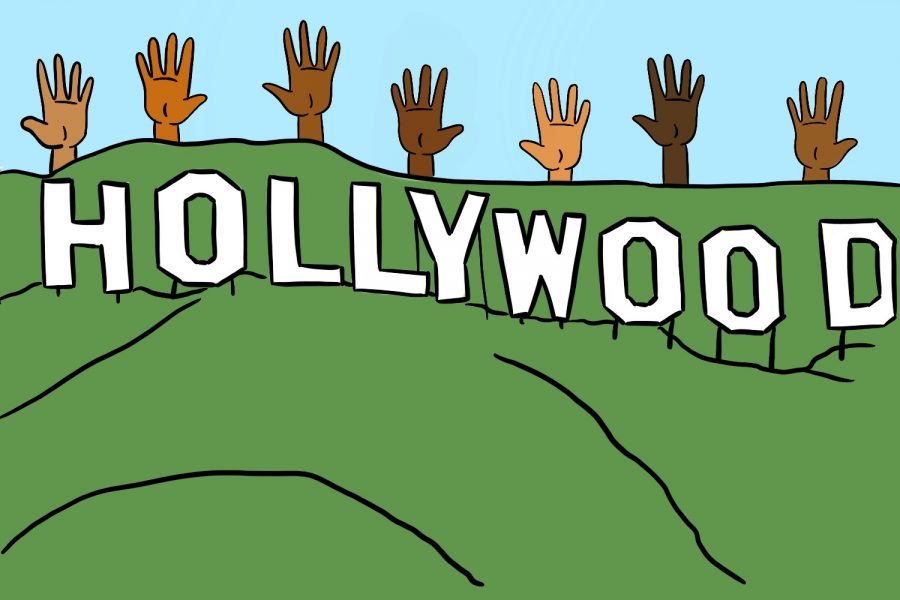
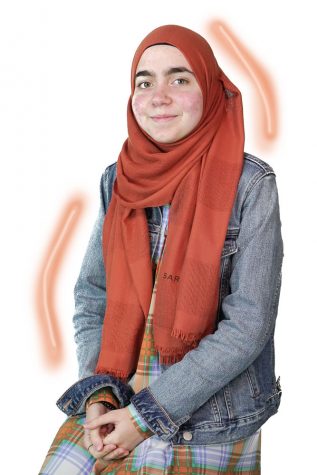
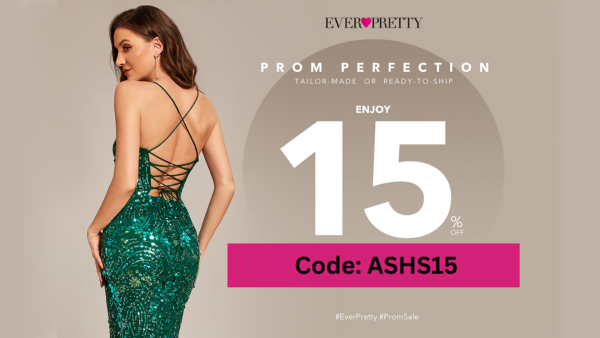
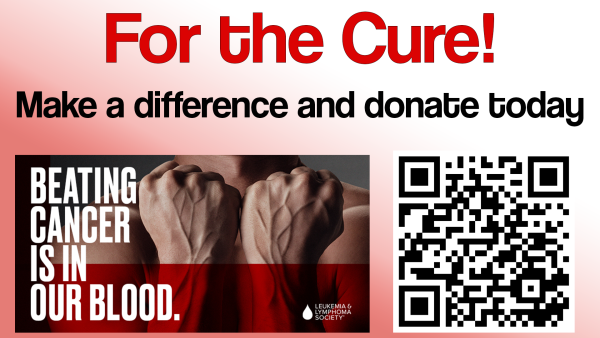
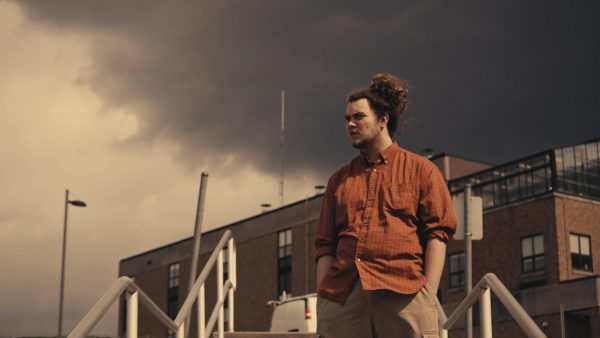
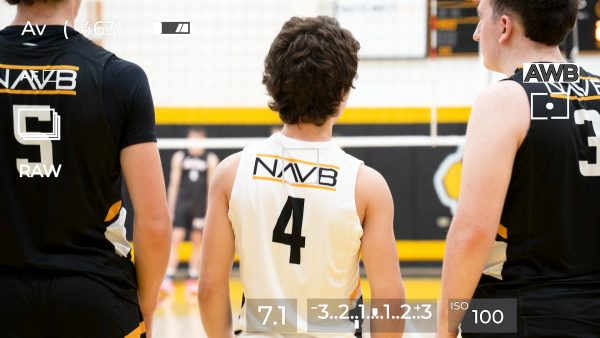
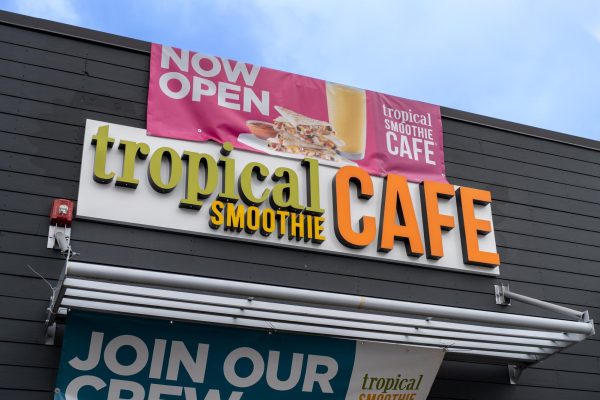
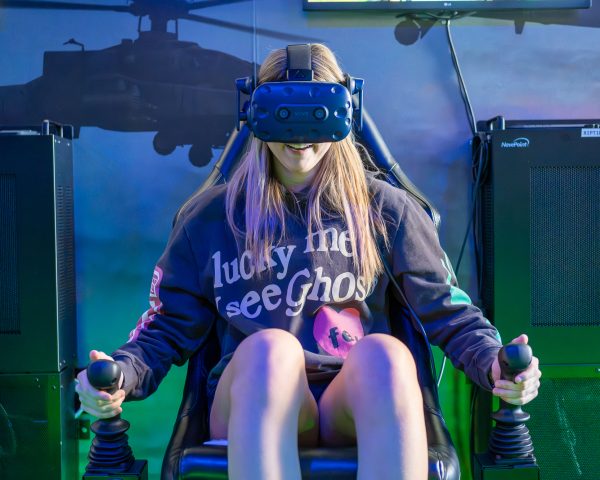
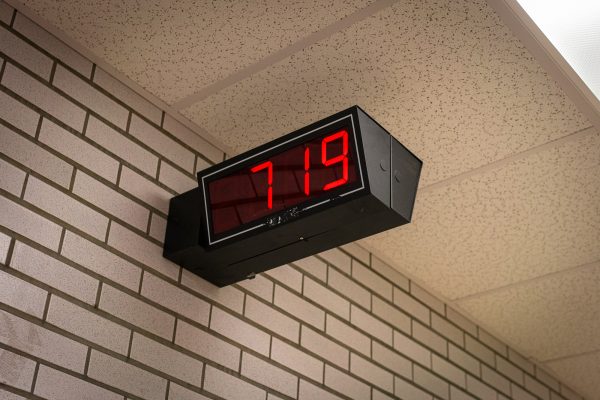
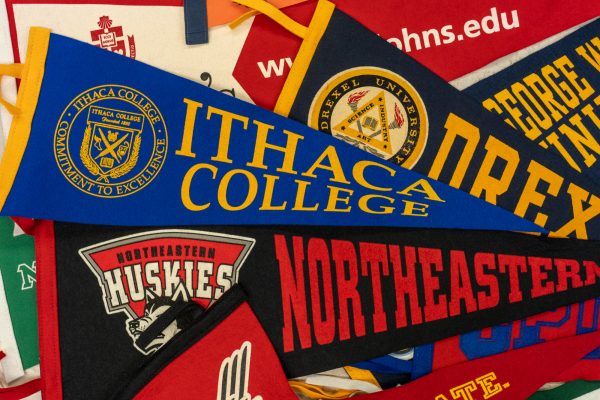
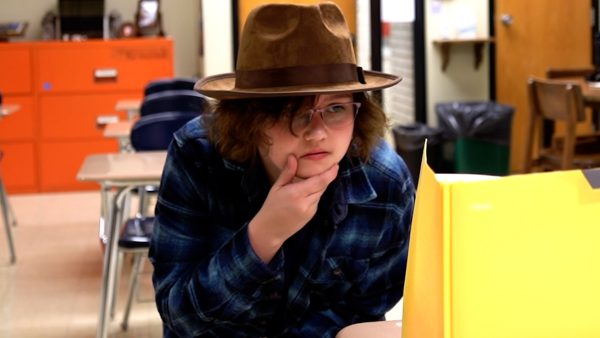


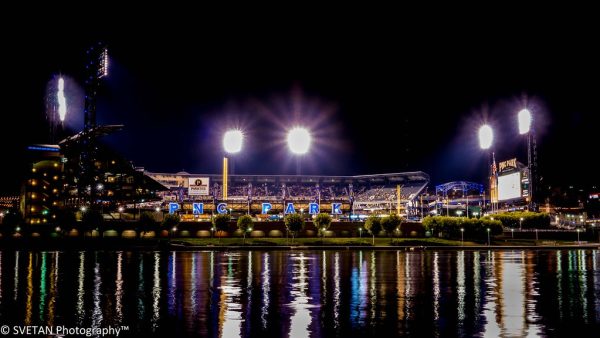
anonymous • Jan 20, 2020 at 8:30 pm
I think the problem is not only diversity but also hollywood fails to represent those who are different or not relateable or perfect compared to the average joe; such as Holden Caulfield, he’s a different character but society hates him because he complains and is not “relatable”, well guess what, there are people like that in the world who relate to Holden, you can’t always appeal to the majority of society ALL WAYS, even when it comes to different struggles, personalities, characteristics, thoughts, etc
Disney + Rules • Jan 20, 2020 at 8:14 pm
Actually, in the future, Marvel is releasing a show with a female muslim lead known as Ms. Marvel (who is inspired by Captain Marvel) and it will appear on DIsney + in the near future. So ik the state of diversity may not be the best, but hopefully things progress for the better from then onwards.